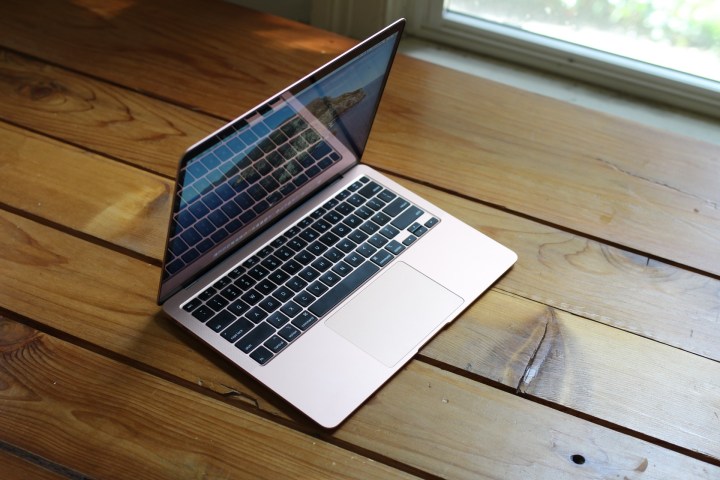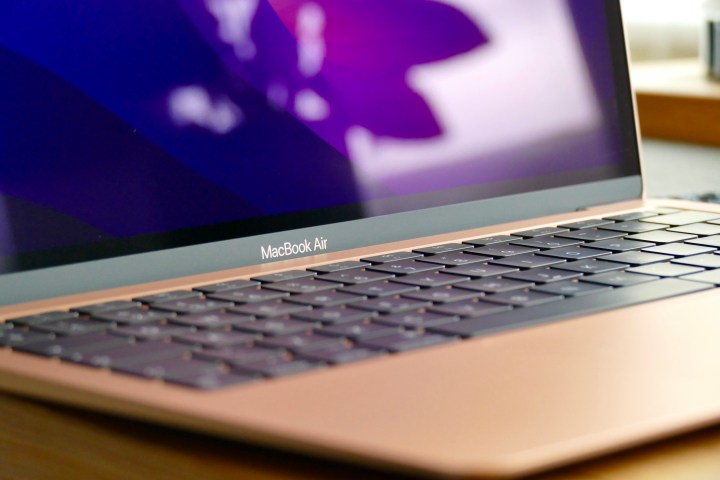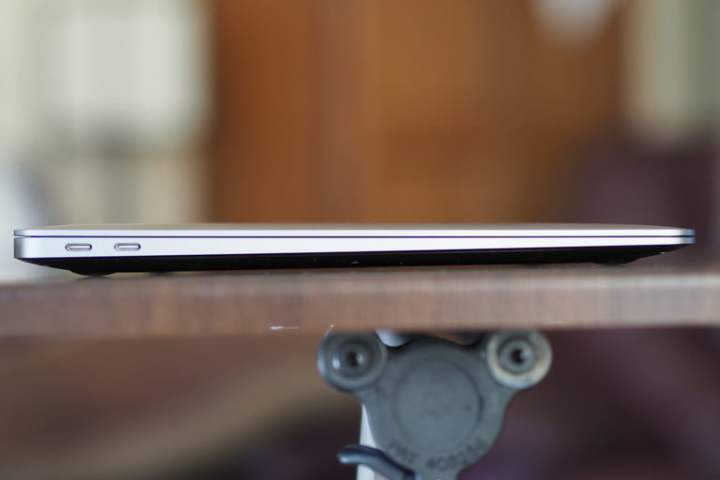
Today, Apple said goodbye to what has been the most important MacBook in recent memory. The M1 MacBook Air is longer being sold by Apple, having been replaced by the M2 MacBook Air directly, which itself has been bumped down the product line by the new M3 models.
Now almost three-and-a-half years old, it was certainly time for this laptop to head into the sunset. It uses an old chassis and a fairly old chip, and it was no longer competitive at $999.
But let’s take a moment and appreciate what an important laptop the M1 MacBook Air was — and what it’s represented for Apple over the past few years.
The M1 MacBook Air was first launched in the fall of 2020, a few months after the M1 chip itself was announced at WWDC 2020. Of course, this wasn’t just a chip — this was the beginning of Apple’s two-year transition from Intel to its own Apple Silicon. You might think you’d also want to release some dazzling new laptops that showcase the chips and punctuate the moment. In particular with the M1, you might want to redesign the MacBook Air, let’s say, to demonstrate the efficiency of these chips. But no, that wouldn’t come until almost two years later with the M2 MacBook Air.

For this first M1 MacBook, the focus was squarely on the M1 chip itself. The same was true of the 13-inch MacBook Pro and Mac mini that launched alongside it. All three kept the same chassis as was used in the Intel days. In the case of the M1 MacBook Air, this design had been in use since 2018. The continuity in design, however, allowed Apple to spotlight just how big of a difference the M1 made, especially against the dual-core Intel chips used previously. And man, the difference couldn’t have been more drastic.
The apples-to-apples comparison in performance and battery life showed just how far ahead Apple was jumping with the M1. At the time, many apps hadn’t been recompiled to run natively on Apple Silicon (because it’s ARM-based instead of x86), which in theory would have caused concern about performance. But no, everything ran amazingly smooth, allowing for developers to adopt the new platform over the coming months. People were still discovering just how significant the M1 was, upgrading to it years after its release.
So, while the M1 MacBook Air was the perfect vehicle for building Apple Silicon buzz, it also had a long life — hence why it’s still being sold many years later. In the past, the MacBook Air would get updated with new Intel chips each year, immediately replacing the previous version. But as the M1 MacBook Air would prove, Apple would find space in its lineup to keep around old models sold at a discount. The M1 MacBook Air was actually so good that, for a while, it was to the detriment of the M2 MacBook Air when it launched at $1,199. I found myself happily recommending the cheaper M1 MacBook Air to many, especially since it was often discounted.

This calculus changed once the M2 MacBook Air dropped to $1,099, but the M1 MacBook Air continued to drop to prices as low as $750. That’s an astounding value considering the build quality, battery life, and performance of this laptop. A previous era in Apple marketing might have been ashamed to devalue a product to prices this low, but Steve Jobs’ quadrant approach to Macs was abandoned long ago. And you better believe the M1 MacBook Air will continue to be sold at online retailers for low prices long after its official retirement.
The M2 MacBook Air very well may have the same kinds of legs as its predecessor — it’s already on its way to a two-year anniversary. But it was the M1 MacBook Air that proved it could be done, establishing Apple Silicon in this new era.


